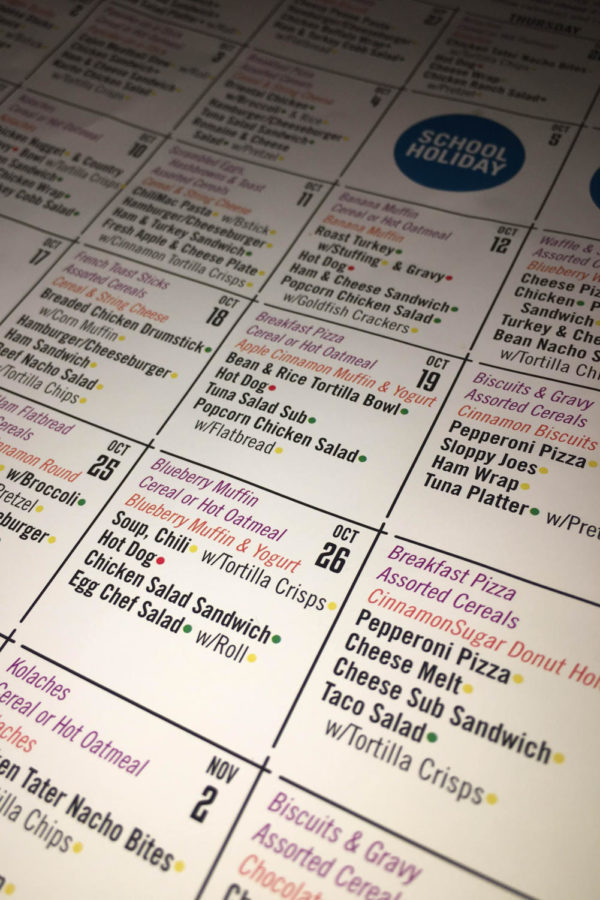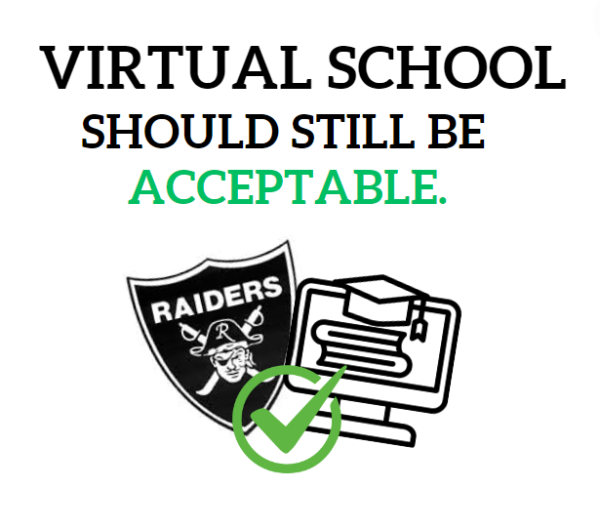A Bite of Truth: School Lunches contribute to Childhood Obesity
In nearly every movie portraying the life of teenager, the high school cafeteria is deemed to be the center of social life. But what really goes on in the cafeteria? Clearly not nutritious meals.
The Free or Reduced lunch program has been beneficial to students by allowing students who come from a low-income family to still have the ability to eat lunch with little to no cost. However, money isn’t the issue here, it’s the food.
The United States Department of Agriculture (USDA) implements regulations in cafeterias such as eliminating all trans-fat from food, offering low-fat milk, serving whole grain bread, and limiting the amount of sodium in food. Alongside the USDA regulations, the National School Lunch Program (NSLP) has age-appropriate calorie restrictions and access to more servings of fruits and vegetables available to students in the cafeteria. So why is the childhood obesity rate continuing to rise?
Serving healthier food options alongside junk food in cafeterias is not the answer to solving childhood obesity. The event of a student choosing a healthy food over junk food when both on present to him or her is rare to say the least. In CISD elementary schools, pizza is served every single Friday. Most kids are going to pick pizza over the healthy food option that is served alongside the pizza. Exposing kids to unhealthy food early in their lives causes them to develop unhealthy eating habits that will stay with them as the grow. By eliminating junk food from cafeterias, schools can teach students to pick healthier foods, that can develop into healthier eating habits and essentially lower the childhood obesity rate.
The School-Breakfast Program (SBP) states that students must take a ½ cup of fruit with their breakfast every morning. However, this restriction is not going to force students to eat that ½ cup of fruit with their chocolate glazed donut. While parents can force their children to eat fruits and vegetables, the school lunch monitors cannot. Most likely the ½ cup of fruit will end up in the trash can by the end of breakfast. If students were more aware of nutrition, this could prevent students from throwing away their fruits and vegetables at school.
Schools often require students to take a sex ED class in elementary schools, but never a nutrition class. With obesity becoming more dangerous than smoking, nutrition should be prioritized more often than it was 20 years ago. Teaching students how to avoid developing Type 2 Diabetes or heart disease in the future by eating a well balanced diet will most likely persuade them to eat their fruits and vegetables at school and at home.
The key to solving childhood obesity is to inform students about nutrition and to stop offering junk food in cafeterias.

I'm Natasa, and I am a senior at Randall. I was first introduced to Journalism freshman year, where I instantly fell in love with writing articles. This...









